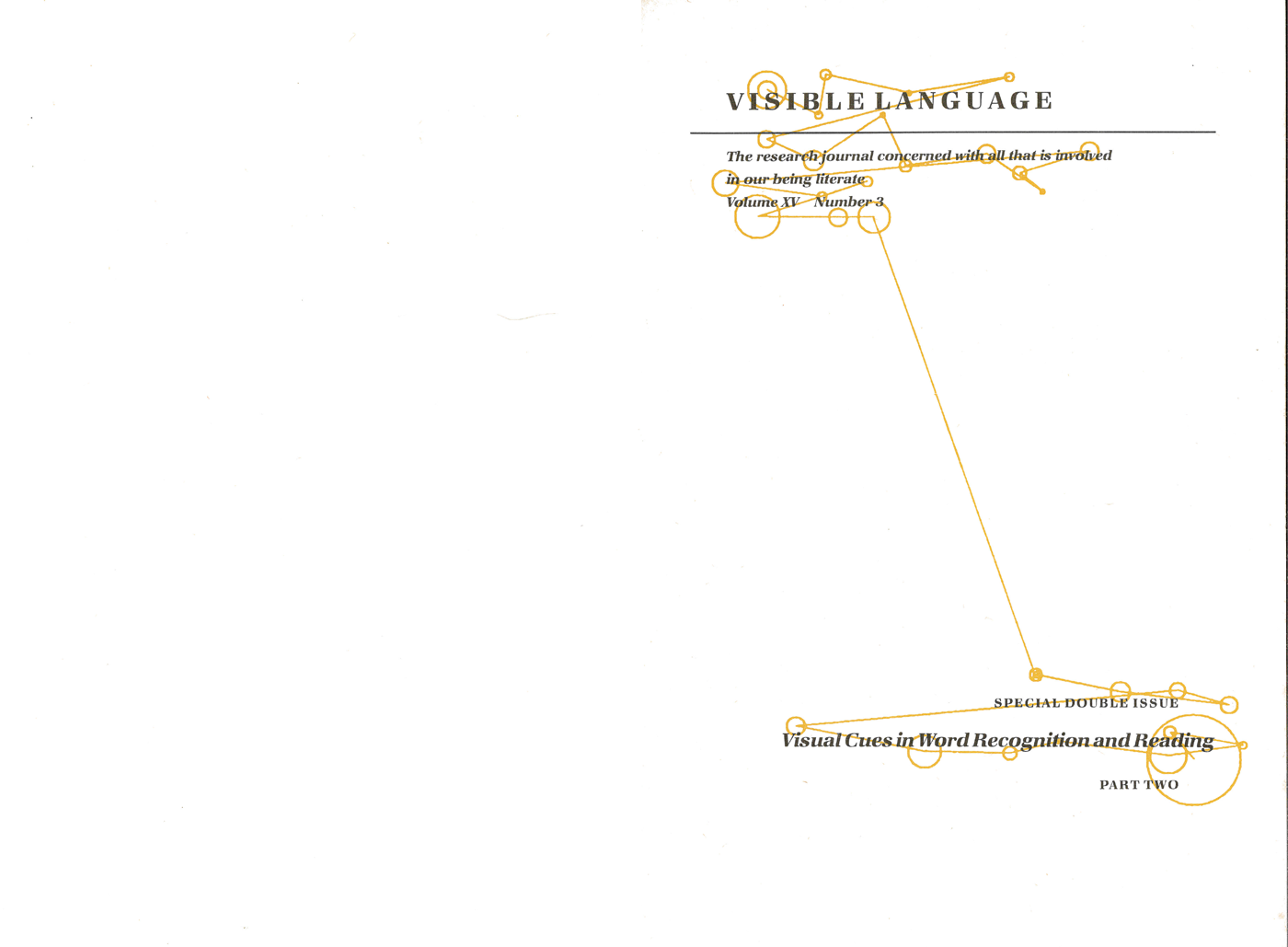Disorders of Reading and Their Implications for Models of Normal Reading
Abstract
Many investigators concerned with developing theoretical models of reading start from the assumption that the information-processing system used to accomplish the task of reading consists of a number of subcomponents, each responsible for performing a specific information-processing job. If this assumption is correct and if in addition the subcomponents of the system are anatomically as well as functionally separate, then one can test a multicomponent model of reading by observing the different forms which acquired reading disorder takes as a consequence of different patterns of damage to the brain. One can also use such a model to provide economical interpretations of various forms of acquired reading disorder. These possibilities are illustrated with reference to five different forms of acquired reading disorder (letter-by-letter reading, phonological dyslexia, an unnamed dyslexia, surface dyslexia, and deep dyslexia). The symptoms of each disorder are described and an assessment is made of the success with which disorder can be explained within the theoretical framework provided by one multicomponent model of reading, a version of Morton’s logogen model.Downloads
Published
1981-07-01
Issue
Section
Journal Article

